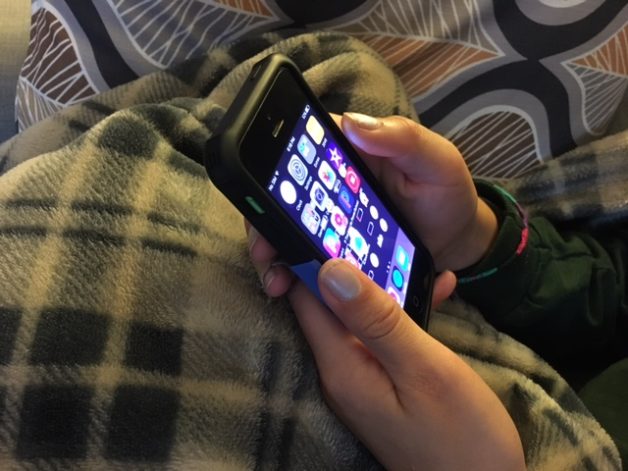It’s back to school time! But this year, it’s not just my kids who are in a classroom. I have taken the plunge to go back to graduate school again; this time pursuing a degree in educational technology. For me it’s a perfect fit, as it blends my career history and interests. While I am both excited and terrified at the same time, I am eager to begin sharing what I am learning. 🙂
My first class, to my great delight, is called “Technology for Learning” being taught by Marialice B.F.X. Curran, Ph.D. (you should definitely check her out on Twitter!). We are 2 classes in, and the focus for the semester will be on digital citizenship. This is the first time I have actually heard of the term. However, many elements of digital citizenship are what we strive to accomplish with this website. So, what is digital citizenship?
What is digital citizenship?
Digital citizenship is the norms of appropriate, responsible technology use. (Gribble, M. Retrieved from www.digitalcitizenship.net)
It’s the concept of what ALL users of technology need to know in order to be good online citizens.
When asked to define digital citizenship in my own words, my main takeaways were:
-
- Being a responsible user of technology (using it wisely and safely)
-
- Consideration for others when using technology to communicate and collaborate (social etiquette)
- Understanding the way all users learn when using technology to teach, communicate and collaborate (not everyone will have the same comfort level and knowledge in using technology)
There is much more to it than this – in fact, there are nine elements to digital citizenship. As the semester goes on, we will cover each of those indepth. But this is a good starting point to begin thinking about how we can explain the concept to our children.
How do we explain digital citizenship to our kids?
Children are using all kinds of technology at an increasingly younger age. It is our job as parents and teachers to make sure that children know the “rules of the road” when it comes to technology use. We wouldn’t give our teenagers the keys to our car without first teaching them traffic laws and having them practice with an experienced driver. The same level of care and instruction should happen when we allow our children to use a new technology or device.
Our first reaction in teaching our children safe and responsible technology use may be to focus on the “Don’ts”. (“Don’t bully anyone online”, “Don’t share your personal information”). Instead, let’s teach them what they should DO with technology!
For our youngest learners, let’s focus on the GOOD!
- DO BE GOOD online! Be kind, considerate and respectful in our interactions with others on the internet, phones and other devices. We spend time teaching our children good manners, how to introduce themselves to a new friend and to be respectful to others. Those same values hold true for online interactions.
- DO use technology FOR GOOD! Use it to learn, connect, educate and collaborate. Look for apps that promote cooperation and teamwork, videos that teach about other cultures, global read-aloud opportunities, etc.
More to come as the semester goes on. I hope you are interested in learning more about digital citizenship along with me!




Leave a Reply